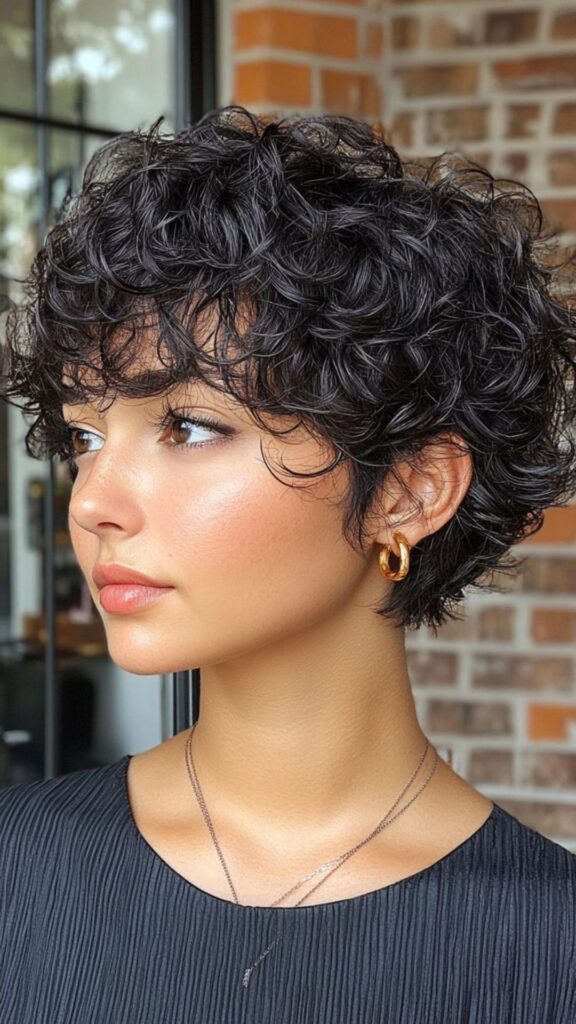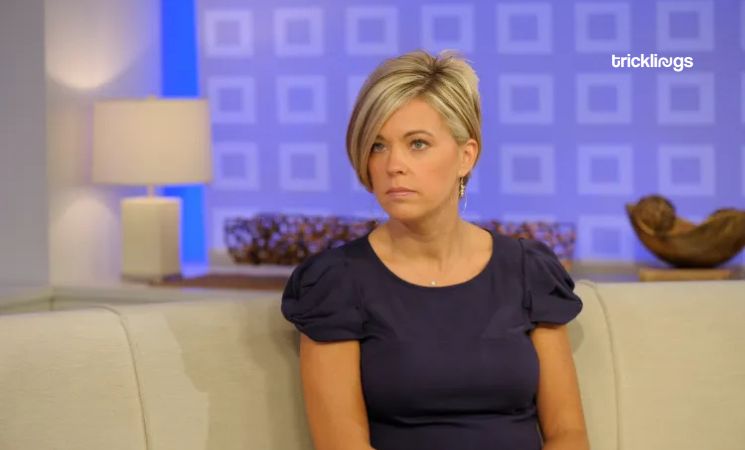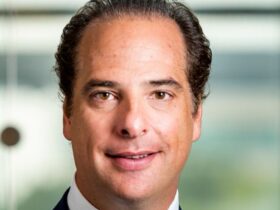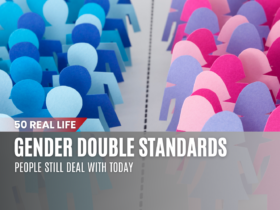The “Karen” meme is more than a mere internet joke. It’s a cultural moment that has swept across social media, creating conversations about entitlement, privilege, and power dynamics in public spaces.
At the heart of the “Karen” phenomenon is a specific visual, the asymmetrical bob. Sharp in the back, longer in the front, often with blonde highlights, the style is instantly recognizable.
And if we’re talking about this haircut, there’s one reality TV star whose name can’t be ignored—Kate Gosselin.
The former Jon & Kate Plus 8 star’s bold, angular bob became one of the most iconic hairstyles of the late 2000s, symbolizing her strong, no-nonsense personality. See Below:
Embed from Getty ImagesHow did a hairstyle, once merely a personal choice, become synonymous with entitlement? And what does this connection say about how we label and define women based on appearances?
The Rise of the “Karen” Meme
The “Karen” meme emerged in internet culture as a way to encapsulate a certain stereotype—typically a middle-aged, entitled white woman who demands special treatment.
It became a shorthand for confrontations, especially in customer service scenarios, where individuals exhibiting rude or demanding behavior were labeled as “Karens.”
Over time, the meme took on heavier implications, often intersecting with issues of privilege and race, as viral videos showcased real-life “Karen” figures weaponizing their entitlement against marginalized groups.
Amid the rise of this meme, the Kate Gosselin haircut—an edgy, angular bob—was increasingly associated with the “Karen” stereotype.
Embed from Getty ImagesThough Gosselin herself never embodied the Karen persona in public, her commanding personality on her show, Jon & Kate Plus 8, made her an easy figure for internet humor.
Her haircut, already a bold and distinctive look, became the go-to visual symbol for what was originally a label for toxic entitlement.
Kate Gosselin and the Evolution of the Karen Haircut
In the late 2000s, Kate Gosselin’s haircut was as much a part of her persona as her role as a mother of eight.
The asymmetrical bob with its dramatic layers reflected her personality—no-nonsense, in control, and assertive.
At the time, it was simply an eye-catching style that complemented her outspoken demeanor on her hit reality show.
It wasn’t until the “Karen” meme gained momentum in the mid-2010s that Gosselin’s hairstyle became attached to this social phenomenon.
But to reduce her to this stereotype misses the larger picture. Gosselin, who navigated the struggles of raising a large family under constant media scrutiny, may have exhibited a strong personality, but that hardly fits the one-dimensional caricature of the “Karen” meme.
Her haircut, though iconic, doesn’t define the essence of who she is.
And this is where the meme’s influence starts to feel more problematic. By taking a once-popular hairstyle and using it to signal entitlement, it becomes a quick and easy punchline. The problem is that it oversimplifies both the behavior it mocks and the women it targets.
Is the Karen Meme Punching Down?
The “Karen” meme began as a commentary on specific behaviors but has since expanded to cover a much broader swath of women, many of whom may not exhibit the entitled traits associated with the meme.
The reliance on visual shorthand—like a haircut—reduces complex individuals to one-dimensional stereotypes.
In many ways, the meme has come to reinforce the very kind of superficial judgment it initially sought to critique. The “Karen” haircut, for example, may now deter women from experimenting with certain styles for fear of public mockery. It also runs the risk of reinforcing ageism and sexism by making older women, especially those with strong personalities, the targets of ridicule.
Rather than simply reflecting on instances of privilege or entitlement, the meme starts to feel like a weapon used to criticize women who don’t conform to a certain behavioral standard.
At its core, it raises the question: are we punching down on women for their hairstyles or their behaviors, often without understanding the full context of their actions?
The Cultural Implications
The “Karen” meme, like most memes, gained rapid traction because it taps into the collective consciousness. It offers a simple, humorous way to call out entitled behavior that we see far too often. However, as with all internet phenomena, it walks a fine line between humor and harm.
By tying behaviors to a haircut, we reinforce shallow associations between appearance and character. The meme assumes that certain external traits—a specific look, a certain haircut—correlate with internal traits like entitlement. This assumption not only perpetuates stereotypes but also deepens the gap in our cultural understanding of how we perceive and label women based on superficial qualities.
Is the “Karen” meme the best way to call out problematic behavior, or has it become a lazy shorthand for any woman who dares to express frustration in public?
The meme may have started as a punch at toxic entitlement, but it risks becoming a punch down at women in general, especially those who don’t conform to traditional ideas of passive femininity.
A Larger Reflection
Kate Gosselin’s hairstyle, and the way it became emblematic of the “Karen” meme, represents the intersection of internet humor, cultural trends, and gendered expectations. As society continues to evolve, we must ask ourselves: are we helping or harming by perpetuating these visual stereotypes?
The Karen meme may have started as a tool for critique, but as it evolved, it now serves as a reminder of the power—and danger—of simplifying human behavior to a hairstyle or stereotype. Rather than relying on such reductive symbols, perhaps it’s time to find more nuanced ways to engage in meaningful conversations about entitlement, privilege, and how we treat others. After all, no one’s worth—or lack thereof—should ever be reduced to the style of their haircut.
Short Haircut Without Looking Like a Karen
If you’re looking for a short haircut without falling into the “Karen” stereotype, there are plenty of modern, stylish options that maintain a chic, youthful look without resembling the infamous asymmetrical bob. Here are some ideas
Pixie Cut
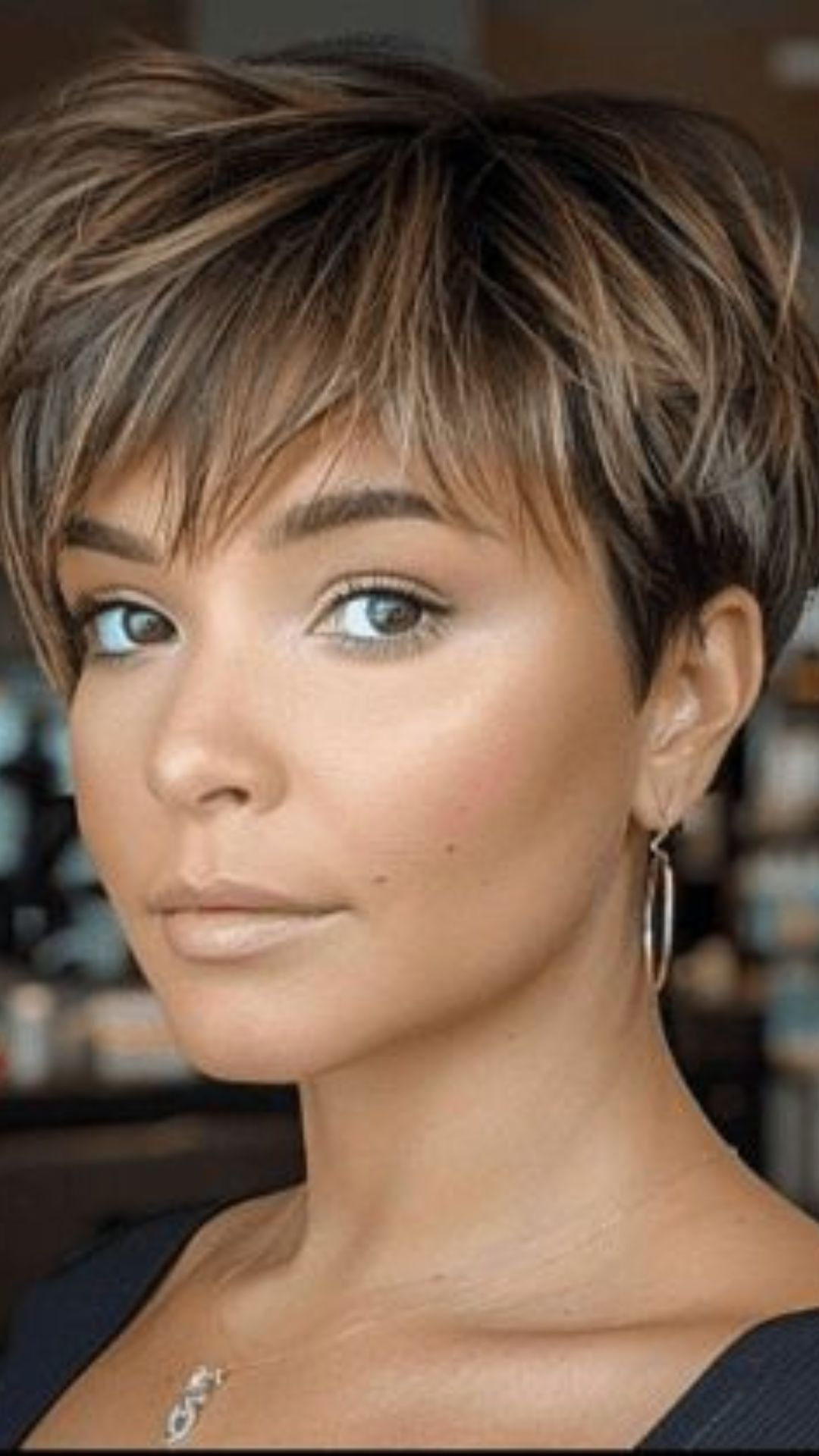
Textured Bob
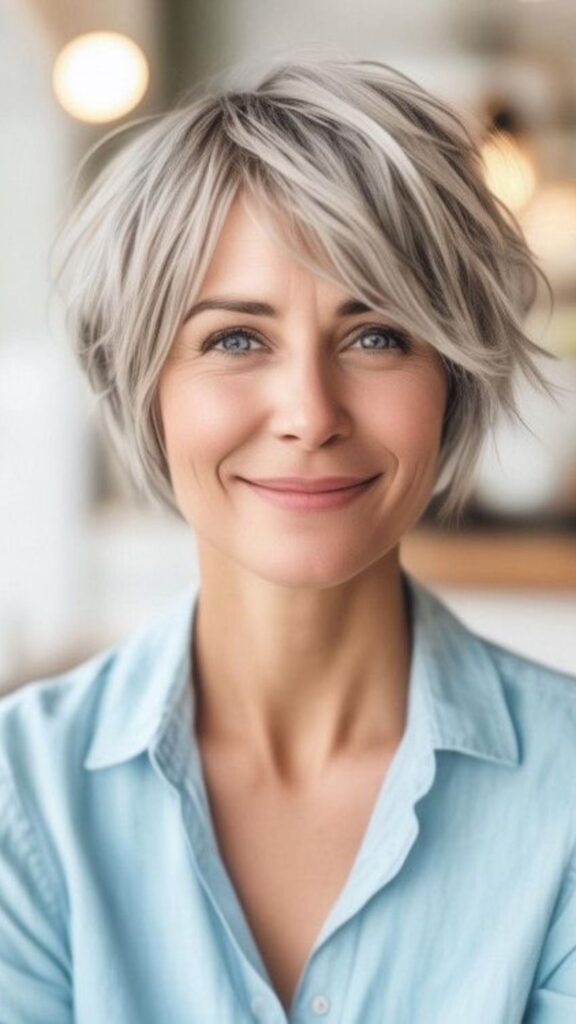
Shaggy Cut

Blunt Bob

Lob (Long Bob)
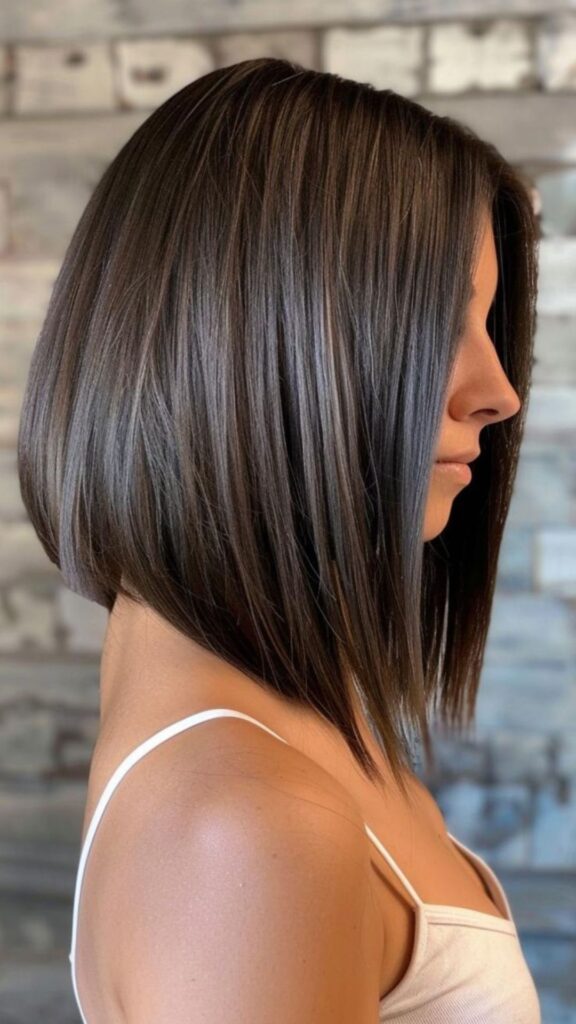
Curly Crop
